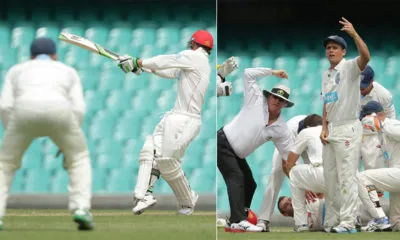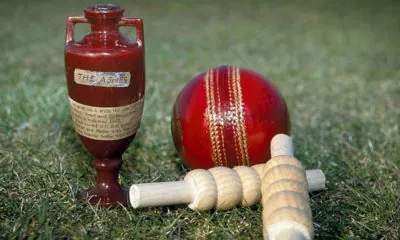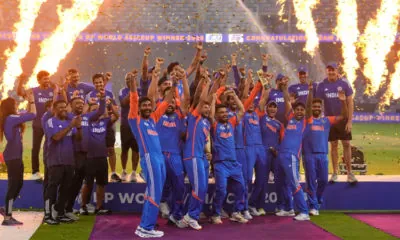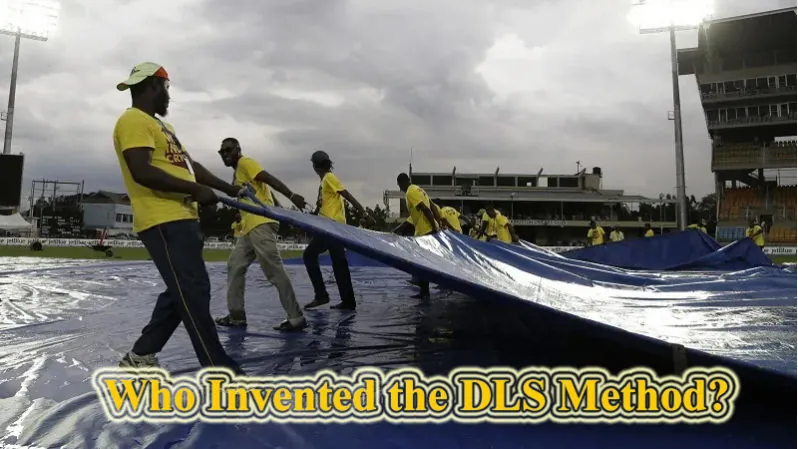
The Duckworth-Lewis-Stern or popularly known as the DLS method is a mathematical calculation to calculate target scores when the rain interrupts the match. The DLS method was devised by English statisticians Frank Duckworth and Tony Lewis, and named after them. The DLS method was first used in 1997. Later in 2015, before the ICC World Cup, Australian academic Steve Stern updated the formula, and then Stern’s name was also added to the title.
When was the DLS method first used?
The DLS method is a brainchild of the gem of Frank Duckworth and Tony Lewis, who was trying to give a better alternative for cricket matches affected by rain. Officially, the DLS method was first used in a match between Zimbabwe and England on January 1, 1997. Later, this rule was officially adopted by ICC’s calculation method for rain-affected games in 1999.

when the rain interrupts the match then need DLS
How does the DLS method calculate targets?
The DLS method in cricket considers both wickets and overs as resources and revises the target set by teams that batted first based on the availability of the aforementioned resources. At the start of an innings, a team has 100% of its resources – 50 overs and 10 wickets – available.
Read More:
» From Jamaica to Olympic Glory: The Rise of Usain Bolt
» Seven venues for the 2026 Women’s World T20 At a glance
The DLS method expresses the balls and wickets remaining at any point as a percentage. This percentage is calculated according to a formula that takes into account the scoring pattern in international matches, derived from analysis of data from a sliding four-year window.

Tony Lewis and Frank Duckworth
The rate at which resources – wickets and overs – deplete over the course of an innings is not constant throughout and the curve is exponential, with the resource percentage falling faster as more wickets are lost and more balls are consumed.
The DLS method sets targets and decides outcomes by calculating how many runs teams should score or would have scored if the resources available to both sides were equal.
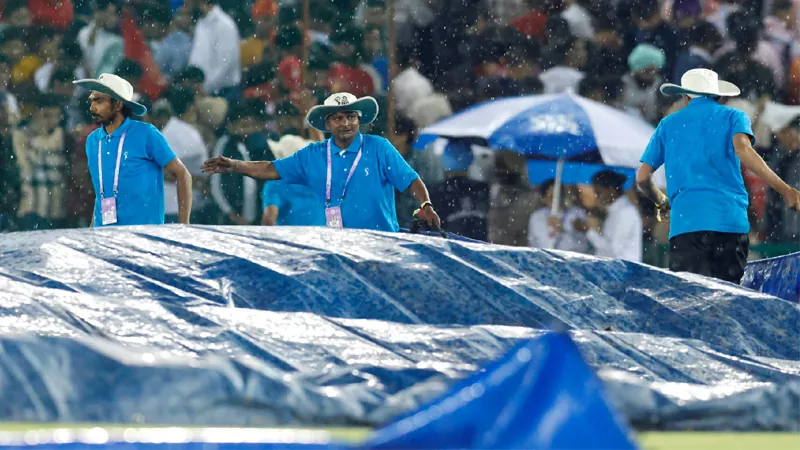
The DLS method sets targets and decides outcomes
To calculate a target, the formula may simply be expressed as Team 2’s par score = Team 1’s score x (Team 2’s resources/Team 1’s resources). In international cricket, the resource values – which are not publicly available – are obtained from a computer programme.
The DLS method also allows for the fact that a team batting before a rain interruption would have batted differently had it known the game was going to be truncated.
Of course, the weighting of wickets and overs is based on a formula, and there can be no universally perfect weightage, simply because the method cannot make qualitative measurements of individual batting abilities.

DLS method was first used in a match between Zimbabwe and England
The teams chasing big totals were better off keeping wickets in hand when rain was around the corner even if it meant scoring at a lower rate.
Due to this, Steve Stern felt he had improved on the D-L method in this regard by adjusting the formula keeping in mind the high-scoring nature of ODIs and T20s.
crifosports/27May25/TH/AZ















